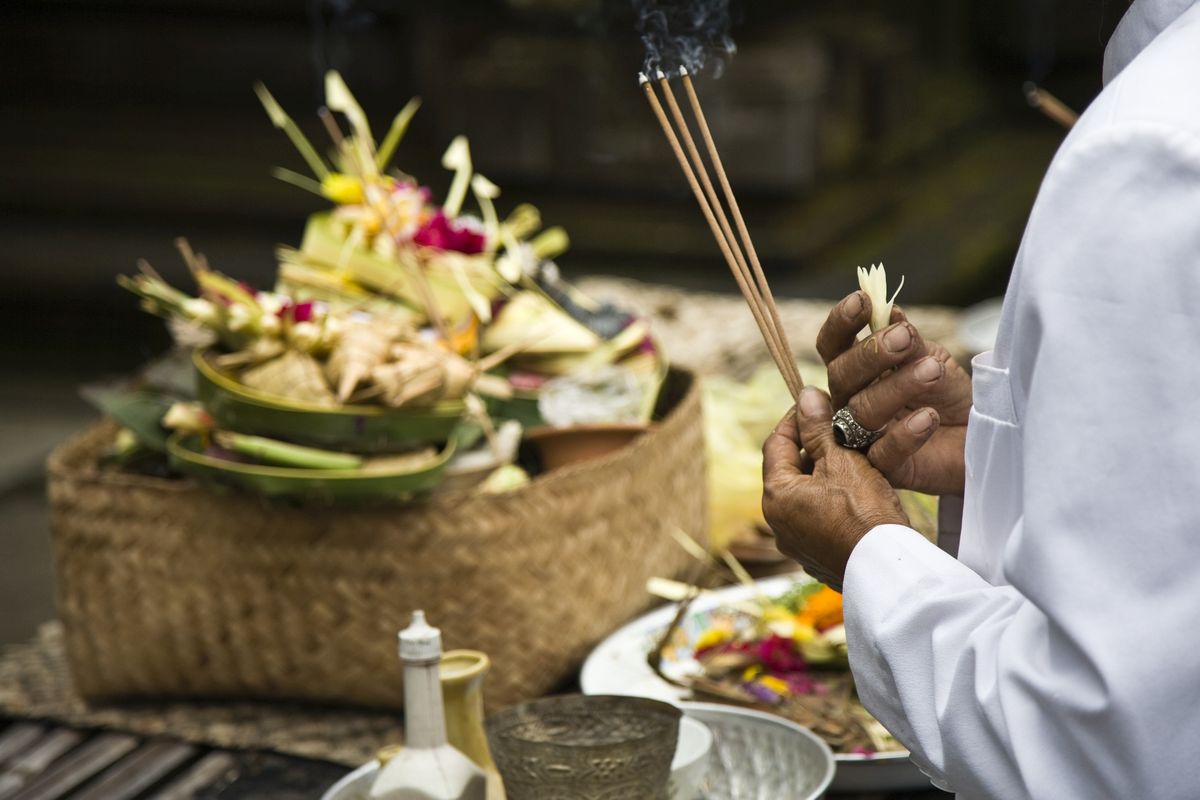Pitru Paksha also known as Shradh begins with the full moon day in Bhadrapada or the next day of the full moon day. This year Shradh’s commenced on 13th of September and will end on 28th of September 2019. It is a 16 lunar days period of Bhadrapada. During Shradh, it is believed that our ancestors come on earth during this period and observe our karmas. People pray for them by organising pujas and offering food and other things to priestly Brahmins. It is considered as a way to pacify the departed souls. The last day of Pitru Paksha is known as Amavasya and it is the most significant day of Pitru Paksha.
Shradh holds a lot of significance as per Hindu beliefs. Hindu scriptures like the Agni Purana, Garuda Purana and Vayu Purana have explained the importance of Shradh. An all-vegetarian diet is observed by the Hindus during this period of 15 or 16 days. Not only Brahmin priests are fed, food is distributed among the poor and needy people too. Food prepared for Shradh rituals is also served to cows, dogs, crows and ants. It is considered auspicious to feed these animals.
Some important things to be kept in mind while performing Shradh rituals:
Perform shradh rituals by yourself. If you do not know how to perform them, you can take help of a Brahman.
The Shradh should be performed in the performer’s house. It is believed that the merit obtained by doing this is eight times than obtained by performing it at a holy place.
Shradh should not be performed during transition period from one prahar to another in the evening or at night.
During Pitru Paksha avoid eating non-veg, garlic, onion, outside food and other taamsik foods. Eat only home-made saatvik food.
Try to offer Shradh food to the priest in silver utensils. It is considered auspicious as silver is known for eradicating evil forces. If you cannot serve food in silver utensils, you can serve it in copper or bronze utensils.
Use sesame seeds, mustard seeds, and barley while performing Shradh rituals. These ingredients are considered very propitious for protecting the performer and his family against evil forces. These ingredients are also believed to bring good fortune.
Use dairy products made of cow milk only. Prepare shradh food in cow ghee. Use cow milk for kheer, curd, butter or other milk products. Cow’s milk is considered purest for Shradh culinary preparations. Kheer is an indispensable part of Shradh food. Generally, it is made of cow milk, rice, and sugar. But on Ekadashi tithi, do not use rice for making kheer. Instead, use vermicelli to make kheer on this tithi. It is because rice is not consumed on Ekadashi as per the Hindu traditions. According to a mythological story, sweat that fell down from Lord Brahma’s brow took the shape of a demon. When the demon asked the Lord to give a place to reside, Brahma asked him to dwell in rice eaten by men and women on Ekadashi and get converted into worms in their stomach.
Maximum chanting of ‘Shri Gurudev Datta’ during Pitru Paksha helps the pitras gain momentum for their onward journey. So chant the name of deity Dattatreya as much as possible during this period.
This dark fortnight termed as Pitru Paksha is very dear to the pitras. It is believed that if Shradh is performed for the deceased ancestors during this fortnight, they remain satisfied throughout the year.












